
Taiwan Intellectual Property Releases 2023 Trends and Comparisons
The recently released report focuses on Taiwan Invention Patent Applications and WIPO PCT Applications. In 2023, WIPO received an estimated 272,600 PCT invention patent applications, a 1.8% year on year decrease, ending a 13-year growth streak. In contrast, TIPO received 50,854 applications, marking a 1.2% increase. In 2023, the top three technical fields for WIPO applications were Computer Technology (10.2%), followed by Digital Communication (9.4%) and Electrical Machinery, Apparatus, and Energy (7.9%). For TIPO, the top field was Semiconductors (15.0%), followed by Computer Technology (9.1%) and Electrical Machinery, Apparatus and Energy (6.1%). Regarding the primary countries and their focus areas under WIPO patent filings, China had the highest share in Digital Communication (15.6%) while the United States focused most heavily on Computer Technology (12.9%). Japan (11.3%) and Germany (11.8%) predominantly filed in the field of Electrical Machinery, Apparatus, and Energy, whereas South Korea showed a similar focus on Electrical Machinery, Apparatus, and Energy and Digital Communication (both at 11.2%). In comparison, Taiwan, China, the US, Japan, and South Korea all ranked Semiconductors as the top field under TIPO filings, with shares ranging from 12.5% to 25.7%. Under WIPO patent publications, China’s Huawei ranked first for the seventh consecutive year with 6,494 applications, followed by South Korea’s Samsung Electronics (3,924 applications) and the United States’ Qualcomm (3,410 applications). For TIPO patent publications, TSMC (Taiwan Semiconductor Manufacturing Company) took the top spot for the fifth consecutive year with 1,582 applications, followed by Applied Materials (794 applications) from the US, Samsung Electronics (747 applications) from South Korea, and Qualcomm (695 applications) from the US. For WIPO, six of the top 10 applicants, including Huawei, focused most heavily on the Digital Communication field. Huawei, in particular, allocated 41.8% of its filings to Digital Communication, followed by Computer Technology (22.7%) and Telecommunications (9.5%), comprising a combined share of 74.0%. Under TIPO, six of the top applicants, including TSMC, concentrated on Semiconductors, with TSMC allocating the largest proportion at 78.1%.
TIPO Announces Changes to Online Services
To facilitate changes for patent and trademark applicants and to reduce the need for administrative correspondence between applicants and TIPO, TIPO has expanded the online services available through TIPONet. Started on October 15, 2024, applicants can now use the platform to change their representatives. After logging in to TIPONet, applicants or their patent agent can select the Applying for a patent/Changing online feature to modify basic case information, including:
- The name of the applicant’s representative in Chinese and English.
- The applicant and his or her patent agent’s address in Chinese and English, phone number and email address.
In other news, TIPO has launched a new trademark search system online. To improve usability and support mobile browsing, TIPO recently introduced the system with simplified and advanced search features to meet the needs of different users. The new system also increases the number of displayed search results to 1,000 entries, reducing the need to repeatedly narrow search criteria. The old system will no longer be available from March 2025.
Patent Agencies Continue to Innovate in China
In 2023, patent agencies represented 90.6% of all domestic patent applications (indicating a 90.6% patent application representation rate), marking an increase of 9.1% percentage points from the previous year. The representation rate for invention patent applications reached 94.4%. The trademark registration application representation rate stood at 87.7%. Additionally, 320 trademark agencies represented collective and certification trademark registrations for use as geographical indications, filing 968 applications at a 95.8% representation rate. Also, geographic coverage improved significantly, with IP service institutions now covering 89.6% of prefecture-level administrative areas, an increase of 1.5 percentage points from the previous year and 6.2 percentage points from 2 years ago. Service providers became more comprehensive, with 64.9% offering at least two types of IP services and 13.4% providing more than three types of services. The range of service models diversified as well; large organizations constructed integrated, full-service models, while smaller ones focused on specialized services, enhancing competitiveness through niche and refined offerings.
US Curbs on China Likely to Stimulate Further Investment in Self-sufficiency
In early December, during the last weeks of Joe Biden’s administration, the US Department of Commerce slapped additional restrictions on the sale of high-bandwidth memory (HBM) and chipmaking gear, including that produced by US firms at foreign facilities. It also blacklisted 140 more Chinese entities that it accused of acting on Beijing’s behalf although it did not name them in an initial statement. The Entity List has been expanded to include semiconductor fabs, tool companies, and investment companies that are acting at the behest of Beijing. The controls unveiled in this latest action impose restrictions on the sale to China of two dozen types of manufacturing equipment and three software tools, with exemptions for countries that have the capability of imposing such controls themselves. The idea is to create a pathway for those countries, such as Japan and the Netherlands, to enact comparable curbs. The rules oblige the foreign facilities of US companies, using a provision known as the foreign direct product rule (FDPR). That authority allows Washington to control goods made overseas that use even the tiniest amount of US technology. The use of FDPR, even with exemptions, is an effort to prevent US toolmakers from avoiding trade restrictions by locating their manufacturing in other countries. A recent report found that US gear suppliers have increasingly exported products to China from non-US countries in recent years. The US Secretary of Commerce Gina Raimondo stated that the aim is to impair China’s ability to indigenize the production of advanced technologies that pose a risk to US national security. The new controls restrict the sale of HBM chips that are essential AI components that handle data. HBM2 and more advanced chips will also be restricted. This is a new development after previous campaigns to limit China’s access to advanced logic chips.


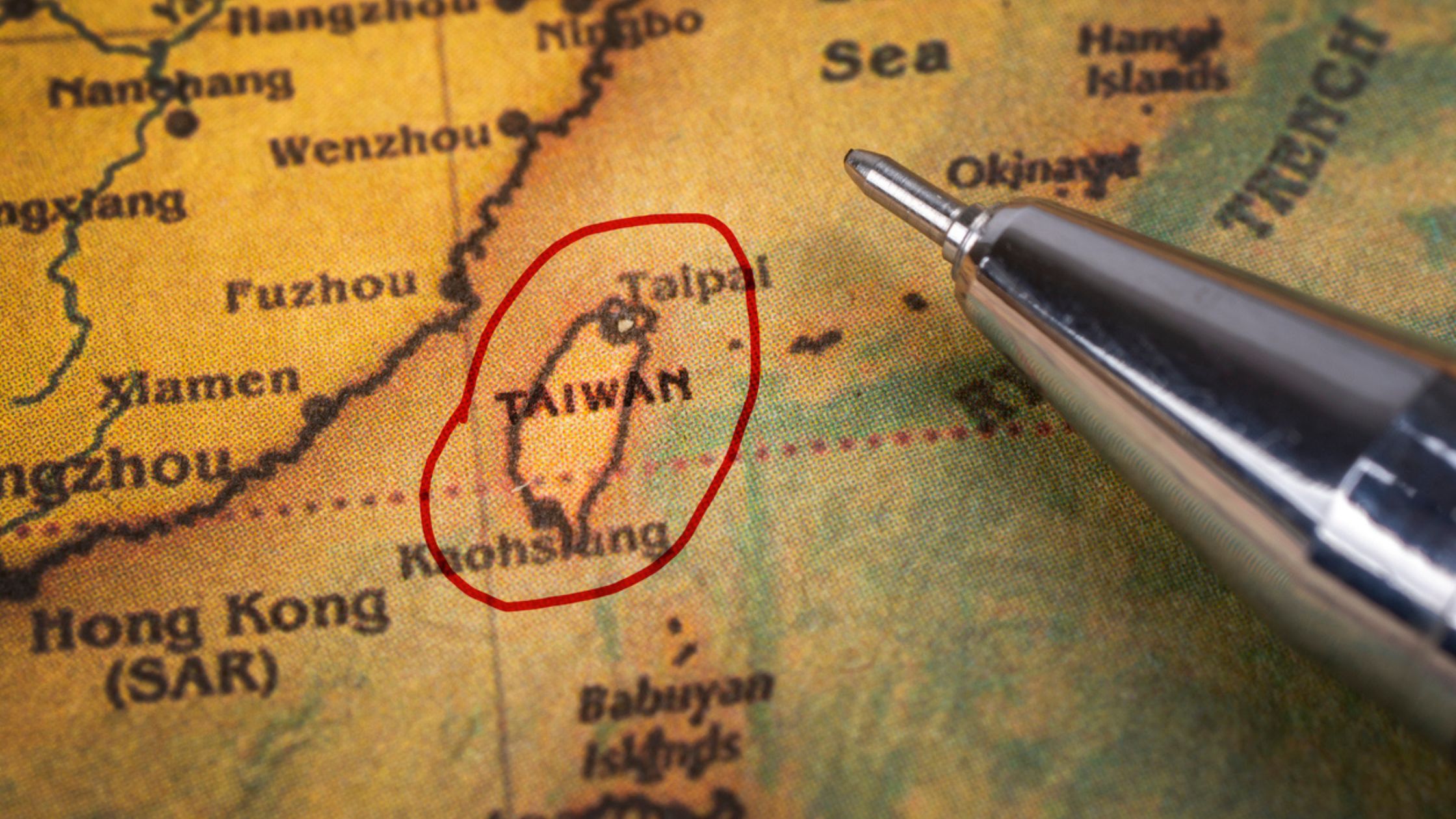
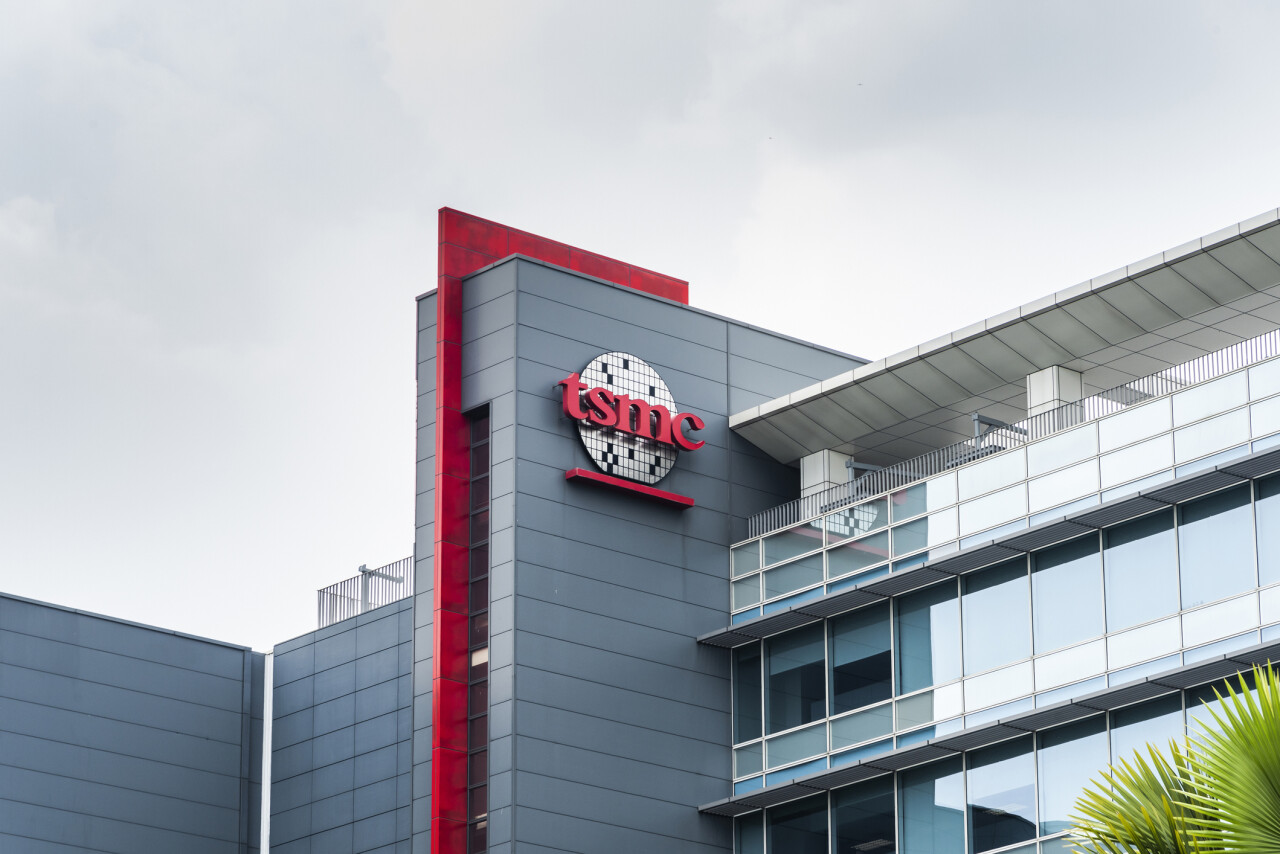




 Deep & Far Attorneys-at-law
Deep & Far Attorneys-at-law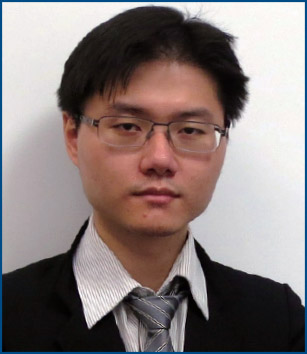 Yu-Li Tsai
Yu-Li Tsai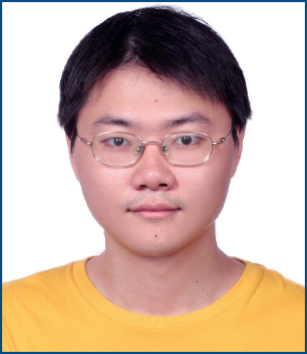 Lu-Fa Tsai
Lu-Fa Tsai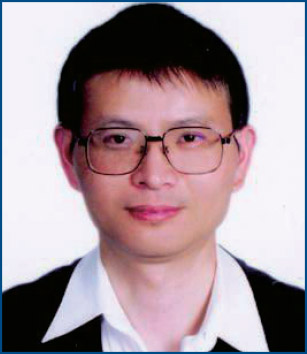 C. F. Tsai
C. F. Tsai




